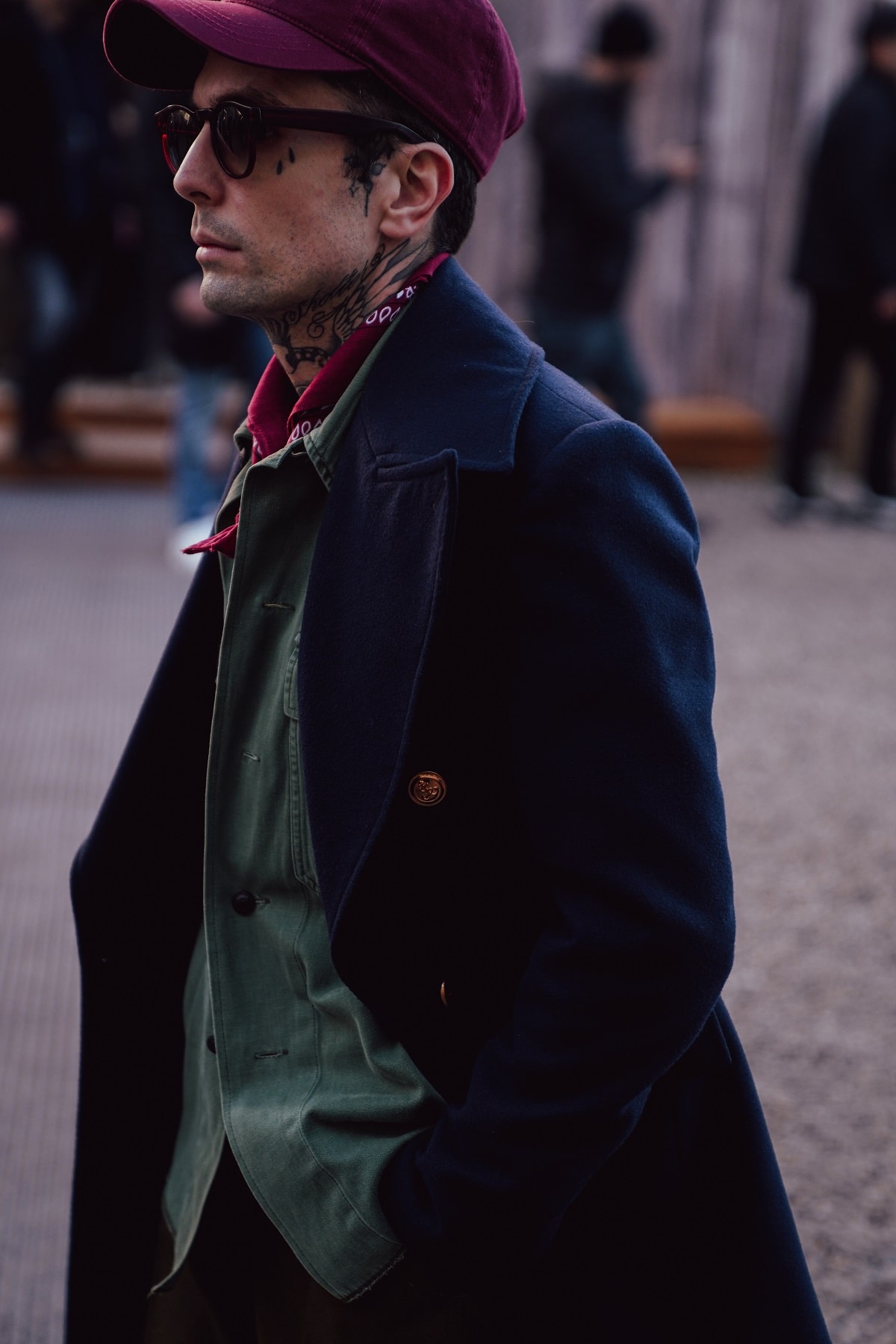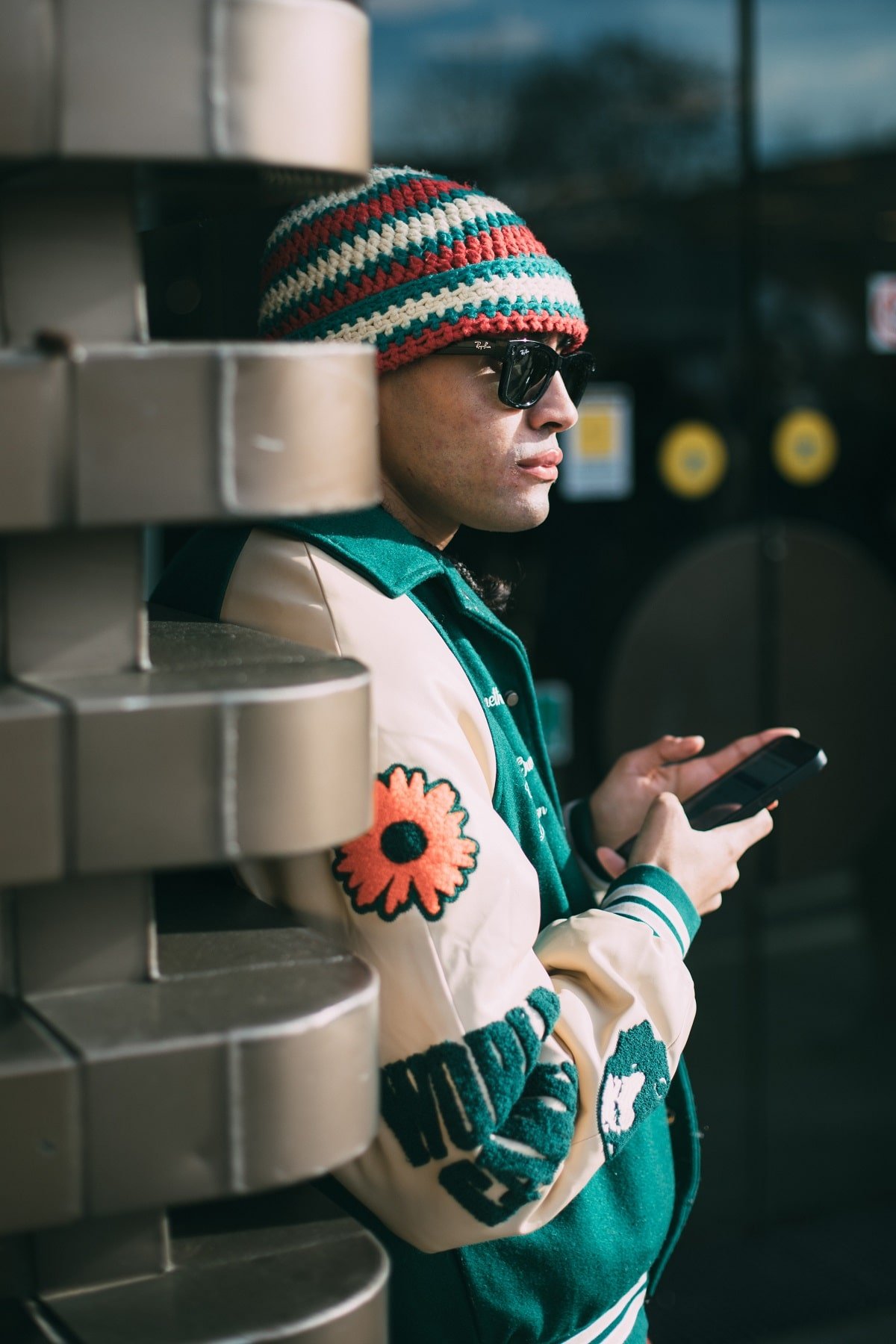1
HOME > Tips & Advice >
HOW TO START EXPLORING YOUR PERSONAL STYLE
Written by Ivan Yaskey in Tips & Advice on the 3rd March 2023

Maybe you feel stuck. Maybe everything you wear never looks or feels right. Or, you’ve spent decades as a follower – following trends, following your peers, and blindly following style rules without question. Personal style isn’t just cultivating a unique, distinctive wardrobe, but it’s also understanding who you are and what appeals to you through your clothing and accessories.
Defining Personal Style
You might not think you need personal style. The phrase, at least in your mind, brings about an image of try-hard quirkiness – of someone who has to stand out and be seen, as if every day is the Pitti Uomo street scene and you’re just waiting for a photographer to roll up and shoot. On a more practical level, “personal style” ultimately means being comfortable in your skin, whether you’re kind of preppy, a suits-all-the-time person, or push boundaries with colours, patterns, and more alternative choices.
Chances are, through peer pressure, style rules, or thinking you should have something, you’ve ended up with a few (or more) pieces of clothing, shoes, and accessories that don’t genuinely feel like you. But, before you go out shopping and end up with more items that you’ll never wear, you’re advised to think about your life, your physical form, and what interests you. Here’s how you can get started:

Understand Basic Style Rules
For menswear, this factor means dressing for your body type – or what looks best in relation to your weight and proportions. Do some research regarding silhouettes, lines, and fit. Realize that ultra-skinny and oversized fits tend to complement a narrower range of body types, and trying too hard to conform to a trendy aesthetic becomes a fruitless, demoralizing battle. Along with physical form, further take age, skin tone, and hair colour into account.
Think About What You Usually Dress For
With more fluid work-to-weekend wardrobes and workplaces with smart-casual dress codes, the days of owning multiple suits feel far behind us. Then, social considerations come into play: You’re not looking to out-dress your boss or superiors, or show up to events appearing as if you hadn’t scanned the dress code. Base the framework for your personal style around where you typically find yourself and the expectations of those spaces.
Traditional-leaning environments, like in finance or law, leave minimal room for experimentation, save for maybe a patterned pocket square, while agency, startup, tech, and creative environments swing open the door to greater possibilities. Further take into account the weather wherever you live. While, let’s say, you picture yourself in some sequined or floral-print suit each day à la Harry Styles, you don’t want to end up with a wardrobe full of pieces that you’ll rarely wear and find yourself settling for blue button-fronts at least five days of the week.

Take Inventory of Your Closet
What do you truly enjoy wearing, what’s more of a ho-hum, go-through-the-motions piece, and what do you directly avoid? Separate your clothing based on these three piles to get started: Plan to sell, donate, or repurpose the third group, and understand that items from the second group may serve as foundational garments, have the option of being reworked, or might need to be tailored so that they fit you better. In this direction, examine the first two groups to determine what fits:
This could be how well it fits now, how well it could fit with adjustments, and if you’re someone whose weight tends to fluctuate. Ideally, you’re more likely to wear clothing that fits comfortably and makes you look good. Aim to frame your personal style around this goal, and take note of items on the looser side that could be improved through tailoring.
Think About Who or What Inspires You
There’s no right or wrong answer. Compile styles and looks that resonate with or interest you. Whether you do it old school with a mood board made of magazine cutouts, use Pinterest the way it’s intended, or just hold onto some photos on your desktop, take note of celebrities, fashion collections, movies and pop culture, influencers and bloggers, fashion magazine shoots, or street style photography that you remember and seek to emulate indirectly. This array serves two roles.
One, you can visualize what you wish your style to be, taking an aggregate approach and then distilling it down to common elements. Two, you can return to your inspiration to periodically update it and compare it to what you’ve built out as your capsule wardrobe. Chances are, you’ll start to notice running themes and begin to understand how you can translate something that’s red carpet or street style aspirational to your everyday look.

Build Your Foundation
All personal style stands upon a foundation – one that’s preferably versatile, somewhat classic, and durable. As we’ve mentioned before, you can take a few different approaches to building a capsule or staple wardrobe – designer isn’t the only way – but the definitive factors are: One, items can be paired with multiple garments throughout your wardrobe, and two, you can still see yourself wearing said items long term. The basic advice, chances are, you’ve already heard before. Make sure you have a few chinos, button-fronts, knits, blazers, and a transitional jacket in neutral hues. Here, branch out into pastels, bolder and brighter colours, and even patterns, with your basics grounding each experimentation.
Venture Out
Experimentation isn’t an all-or-nothing endeavour. This is how you end up with a closet full of pieces you feel lukewarm about and therefore rarely wear while saying to yourself, “Nothing looks good on me.” Looking beyond the basics is best done in stages:
- Browse around: Whether you still look at brick-and-mortar stores or window shop online, start identifying pieces that interest you and can see yourself wearing more than once. However, don’t just click add to cart. Instead, bookmark what you’re curious about, and in a few weeks to a month, ask yourself if you feel the same way before you make a purchase.
- Begin with accessories: They’re small, can be removed if needed, and add pops of colour and character to a classic suit jacket and button-front combo. From pocket squares to patterned socks, jewellery to a statement buckle, begin to introduce your personality in small doses.
- Progress to something larger: Graduate from pocket square to a full suit jacket that you feel is uniquely you – and not, say, navy or charcoal, because that’s what the style guides say you should wear. In the process, look for a handful of signature pieces that define your style overall and set you apart in a crowd.
- Think about experimenting: How far do you want to go? Work with what you have to create contrasts through textures, try out colour-blocking, or tastefully clash patterns.

Trending
2
3
4
5
6
7
8
9
10










